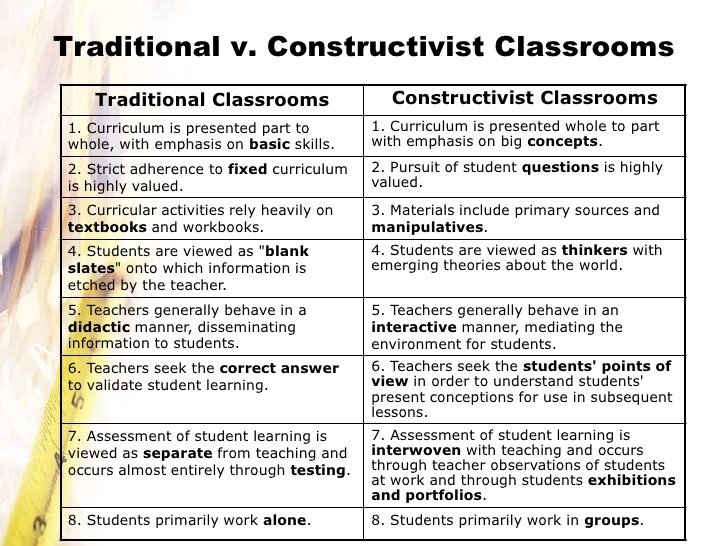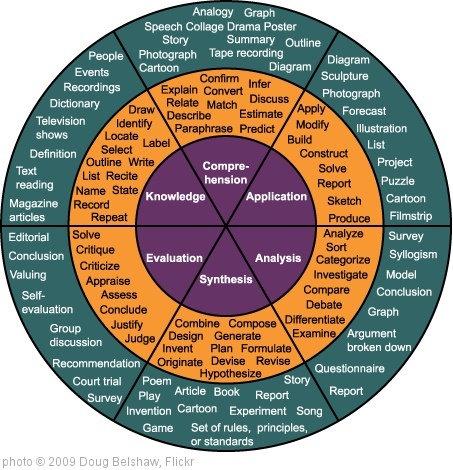Bridget Golden’s Updates
Update 3: Constructivism and Special Education
"Constructivist teaching philosophy is all about accepting student autonomy where student thinking drives the lessons, where dialogue, inquiry, and puzzlement are valued and assessing student learning is in the context of teaching. It helps teachers to draw on new ideas as they make decisions about which teaching techniques are most appropriate for all students to learn." (Akpan & Beard, 2016).
Link to video: http://www.teachertube.com/video/what-is-constructivism-31099
As I began to research constructivism, it became clear to me that modern day education, especially special education, greatly values many constructivist theories for learning. With student involvement, participation, leadership, and collaboration at the forefront, constructivist teaching lends itself to student achievement by allowing students to access knowledge/learning in styles/formats most meaningful to the individual learner. Lessons become more individualized, student-centered, and even student-led, rather than typical teaching styles where the teacher leads day-to-day instruction and provides all of the information to the learners instead of inspiring higher-level thinking.
"Every student receives and processes information in different ways: Some learn by listening and sharing ideas, some learn by thinking through ideas, some learn by testing theories, some learn by synthesizing content and context, and some learn by reasoning logically and intuitively." (Akpan & Beard, 2016).
With the notion that all students learn in various ways, I believe that constructivism and special education become almost synonymous. In constructivism, educators are cultivating learning-enriched environments through a variety of styles -- instead of one blanket approach toward curriculum delivery. This same concept is applied when special educators work with individuals with disabilities, as the curriculum must be accessible to all students, and teachers most implement a variety of learning opportunities for students to have this accessibility.
"The use of constructivist teaching model can help teachers meet some learning challenges of our students with special needs and therefore bridge the achievement gap in the 21st century. It is the most effective teaching strategy that works well in an inclusive classroom, as learning begins with students understanding of a subject and is developed by participation in the realistic and meaningful learning experiences." (Akpan & Beard, 2016).
One consideration to keep in mind when intertwining constructivism and special education is the issue of student motivation. If students are struggling learners, disinterested, don't have the skillset or background knowledge in a particular content area, then it is likely that these students' ability to self-lead, interact, collaborate with others, and take a more active role in their own learning will be inhibited or more forced. These students will not be as motivated as others with higher capabilities, so teachers truly can take an active role in supporting, encouraging, and facilitating opportunities for students with motivational concers, learned helplessness, or any other factor that may make constructivist approaches more challenging.
Resources:
Akpan, J., & Beard, L. (2016). Using Constructivist Teaching Strategies to Enhance Academic Outcomes of Students with Special Needs. Universal Journal of Educational Research, 392-398. Retrieved July 8, 2017.




